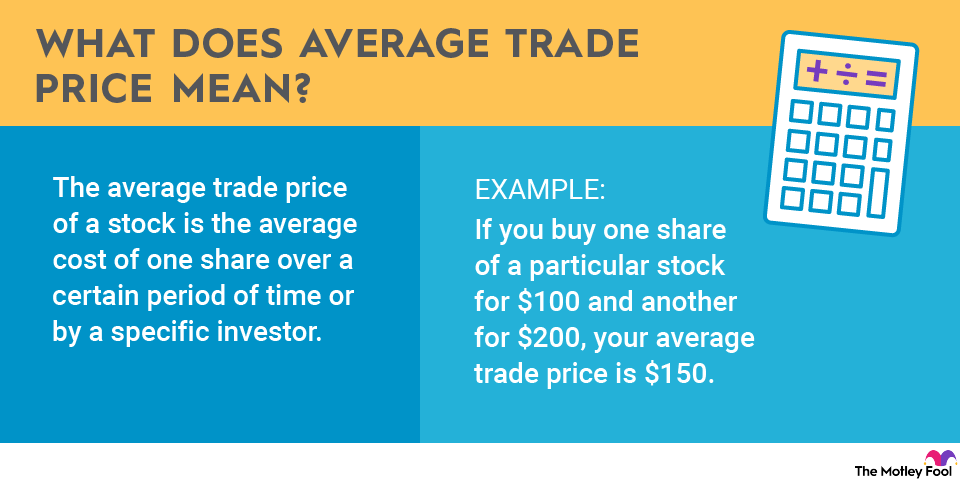Due to the standardized structure of a proper 10-K filing, some required sections may not apply to every company out there. For example, you’ll often see sections like item 4 (mine safety disclosures) and item 1B (unresolved staff comments) left blank.
These yearly publications don't just offer a snapshot of a company's current situation. They also provide insights into its history, market trends, and industry context. For everything from understanding the company's competitive advantages to evaluating risks and future prospects, annual reports are an indispensable part of an investor's toolbox.
What to do with the annual report’s data
Armed with an annual report, you can dig into a company's financial statements over at least three years. I’m talking about an eagle-eye view of the balance sheet, income statement, and cash flow statement. These documents reveal the company's profitability, liquidity, and overall financial health on an annual basis. Quarterly reports and 10-Q filings focus on shorter calendar slices, but this document gives you a wide overview without seasonal swings and short-term anomalies.
Beyond the numbers, annual reports also contain a wealth of qualitative information. Management's discussion and analysis (MD&A) holds valuable insights into the company's strategic direction. The reports on risk factors and legal proceedings may show issues you had not considered before.
By reading between the lines of the full filing, you can unearth subtle hints that help you make more informed investment decisions.
Related investing topics



















